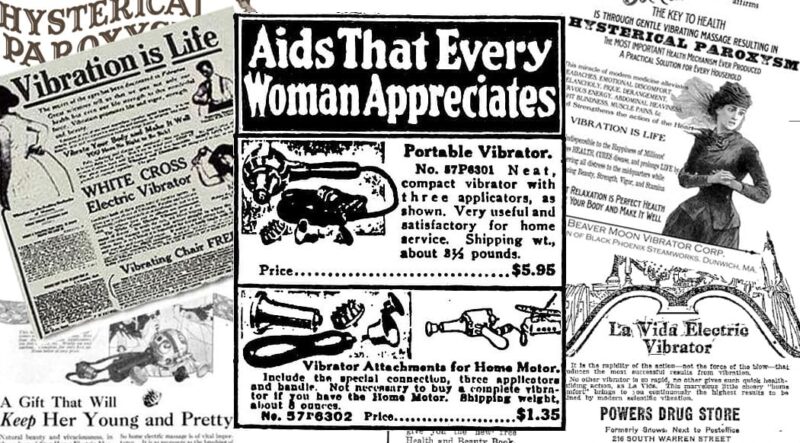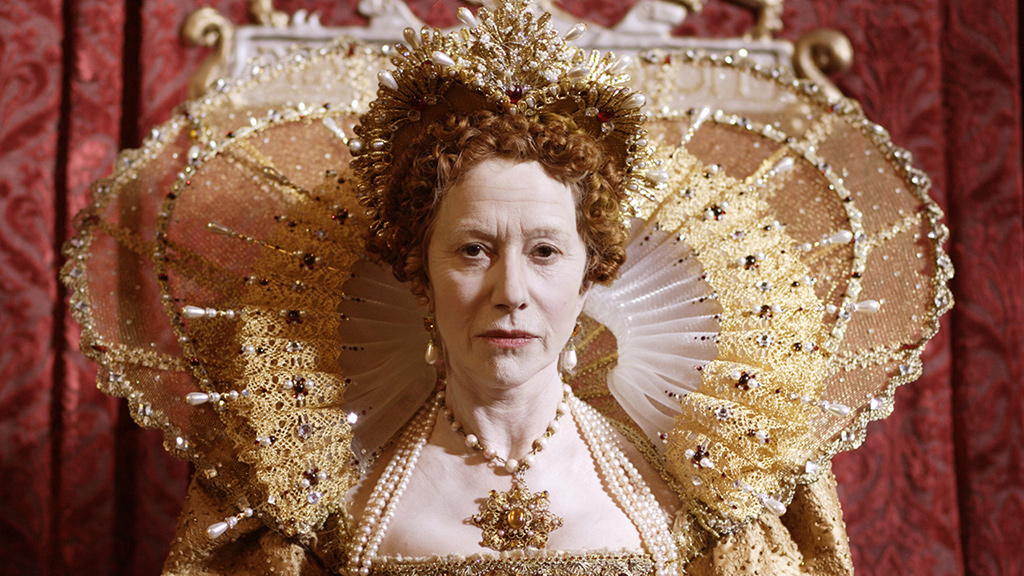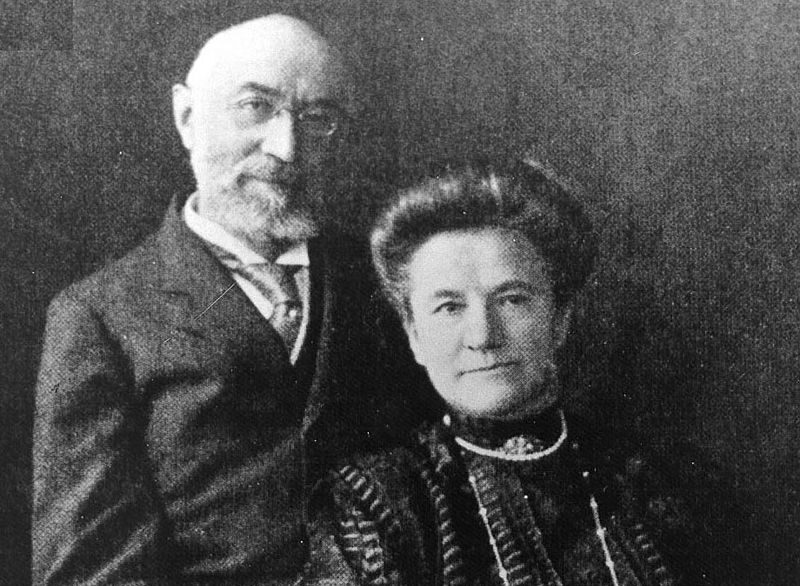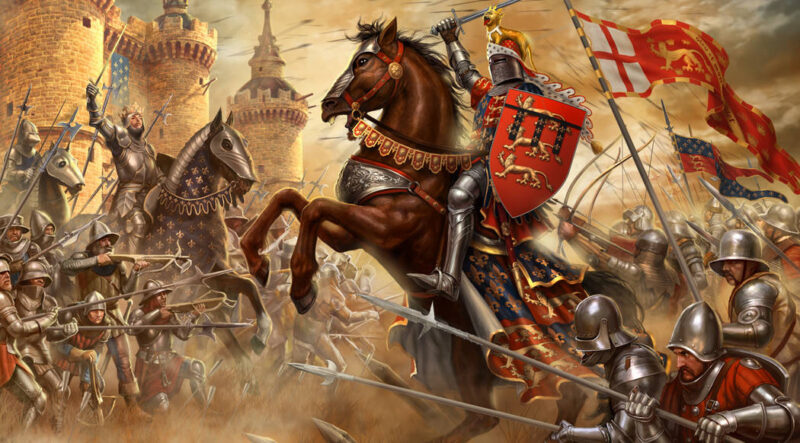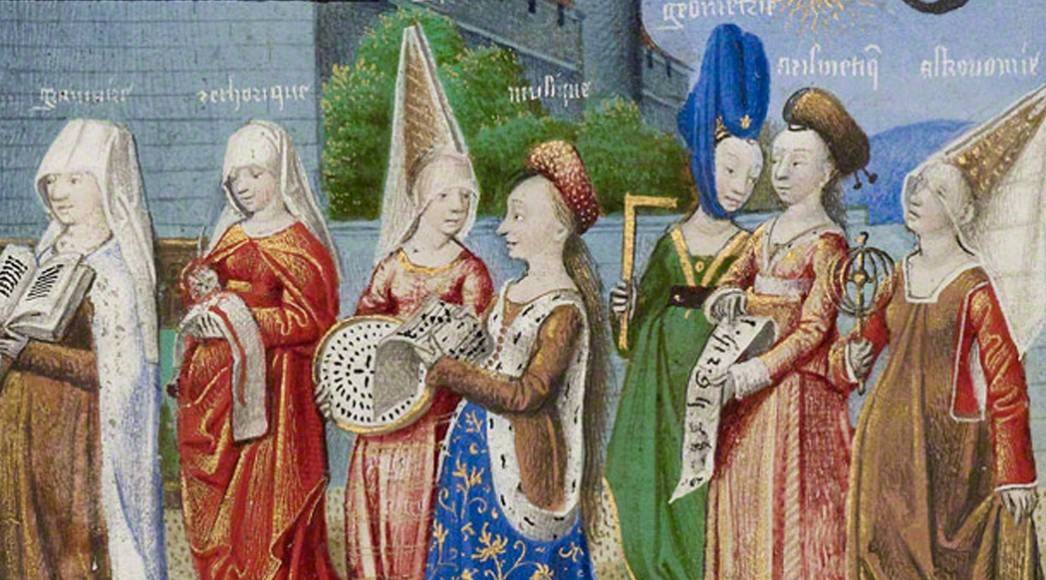If you don’t know who Dr Sam Willis is…you ought to! Not only is he an archaeologist and historian, but he is also on the telly! As one of the world’s leading authorities on maritime and naval history, Dr Sam has worked on various sets ensuring that every minute detail is historically accurate. He is currently presenting ‘Shipwrecks:…
Category: Features
THE GRANDDAUGHTER QUEEN VICTORIA COULDN’T TAME
It’s difficult, looking at this photograph of Princess Ducky, to believe it was taken when she was a teenager. But of course teenagers hadn’t been invented in the 1890s and the prescribed destiny of a granddaughter of Queen Victoria was enough to make anyone look glum. They were expected to marry, preferably a suitable cousin…
A look into the past and future of sex toys
You know, that little battery-operated toy, or snuggly-fitting stroker that you keep in your nightstand wasn’t always so perfect. It took a lot of work to make that piece of silicone what it is now, and it’s something that many designers continue to work on bettering today. You may think that sex toys rose to…
An Elizabethan Beauty Guide
In an age of contouring, baking, brows and plumped lips, it is difficult to imagine that societies throughout history have been as beauty obsessed as we are today. Certainly, what constituted ‘beauty’ has been redefined almost continually throughout history, but, nevertheless, ideals and expectations have governed the ways in which women especially have felt about…
The True Story behind the Titanic’s Cuddling Couple
There’s a moment in the film Titanic in which we are treated, if that’s the right word (which it isn’t), to an aerial shot of an old couple spooning, if that’s the right word (which it isn’t). The couple are on a double bed. Seawater is rushing underneath them. The aerial shot is part of…
Weird History: Ten Facts You May Not Know Happened…
Here at the Hive, we are obsessed with absurd and downright weird facts of the historical variety. Recently, we regaled you with the tale of the the American town who hung an elephant. We also shared the curious, creepy urban myth of ‘Spring-Heeled Jack’. Our commitment to blow your minds with weird historical facts is…
King John of Bohemia and the Battle of Crécy
The Battle of Crécy is well known from the English point of view. Edward III’s force destroyed the largest and best-equipped army in Europe, that of King Philip VI of France, with extraordinarily few losses on his part. However, the list of those lost on the French side is long and illustrious. The most exalted…
Margaret Beaufort: The Red Queen
In The White Queen TV series, Margaret Beaufort is an overly religious zealot who hates her mother, loves Jasper Tudor, and was obsessed with her son. The real Margaret Beaufort was close to her mother, happiest with Stafford, and there’s no evidence she loved Jasper Tudor. Nonetheless, Margaret was a remarkable woman – indomitable, shrewd, and strategic….
Hello The House
Approaching a homestead in Wyoming in the 1880s, you’d most likely holler, ‘Hello, the House!’ if you valued your life. With many west-bound pioneers of the mid 19th century settled on land which may once have been the home of native peoples, and thus a cause of strife, and with dissension between large ranches and small…
The Truth About The Princess Hat
When I was a child, long before I discovered re-enactment or really understood what or when the middle ages were, I wanted a princess hat. And, for those of you who were little girls, I can pretty much guarantee you have the same mental image as me! Yes, I’m talking about the pointy, conical hats…

